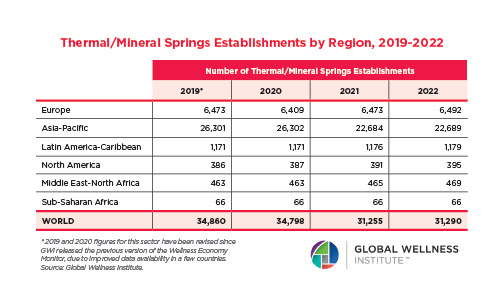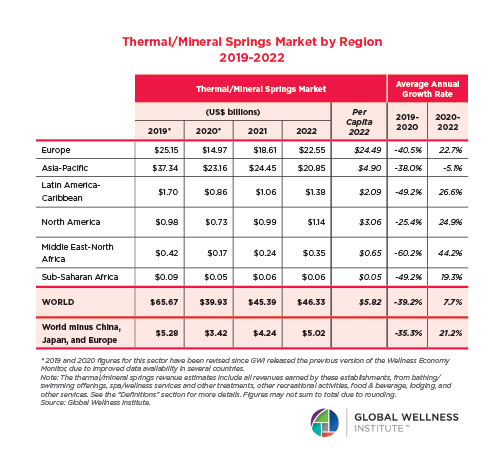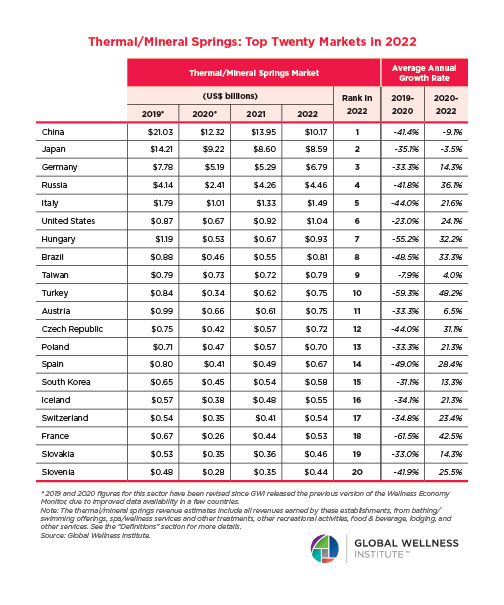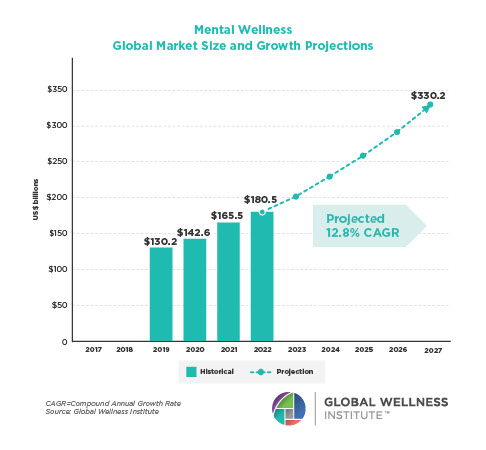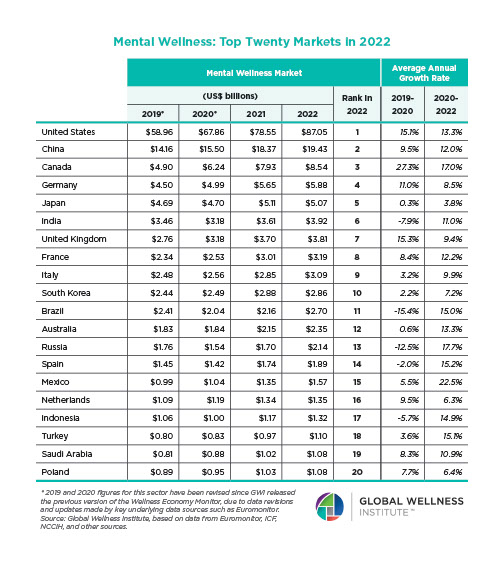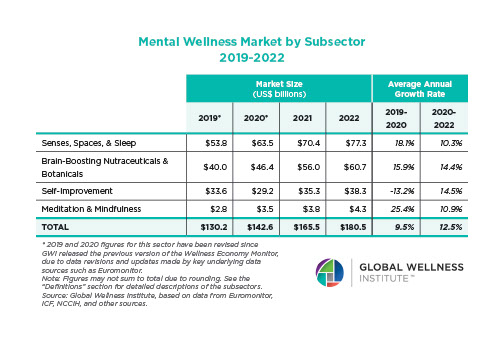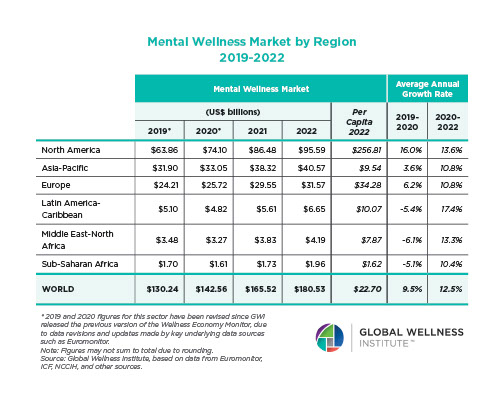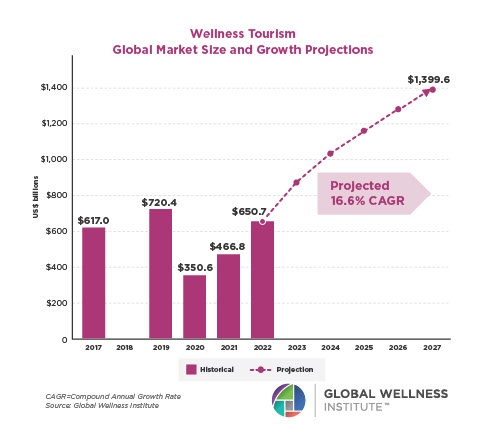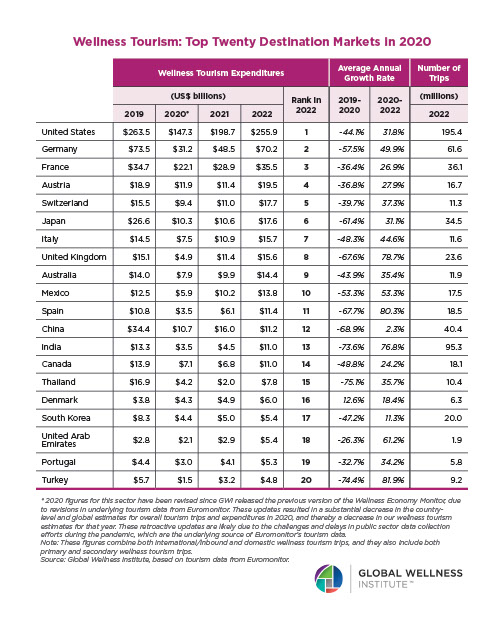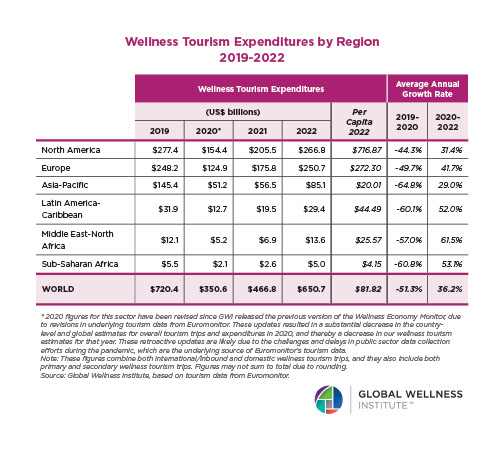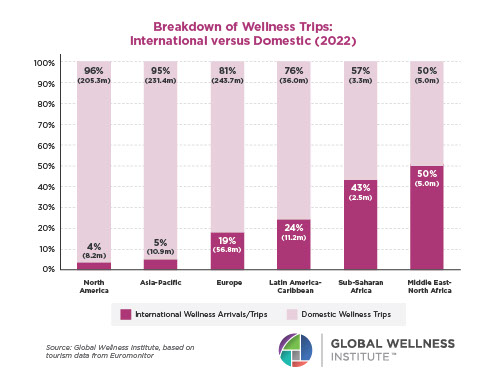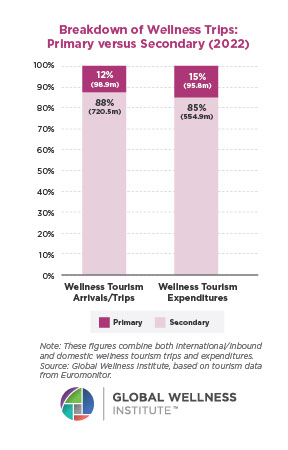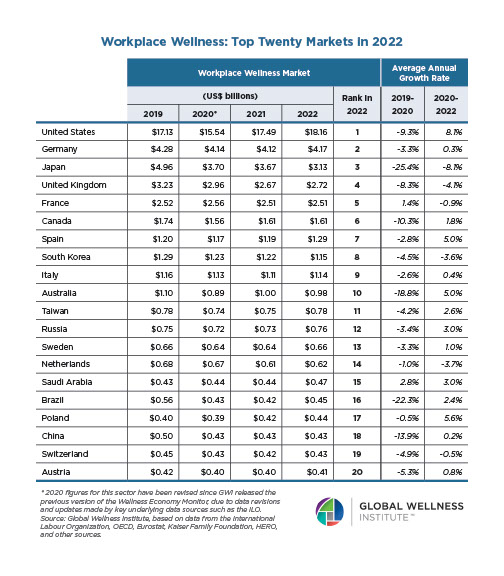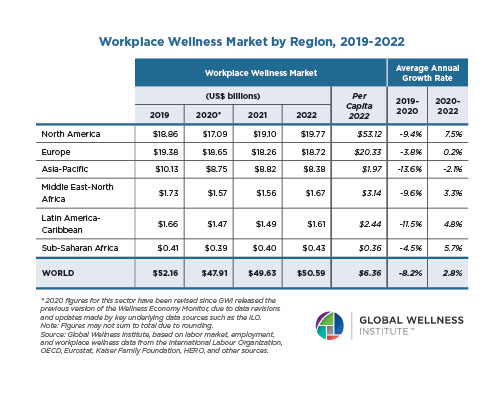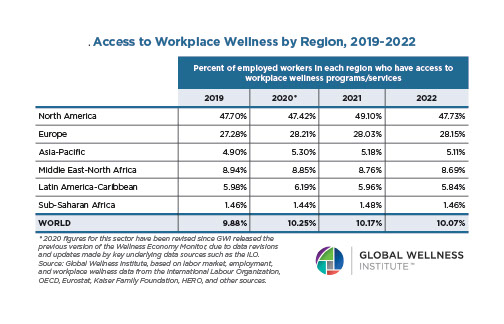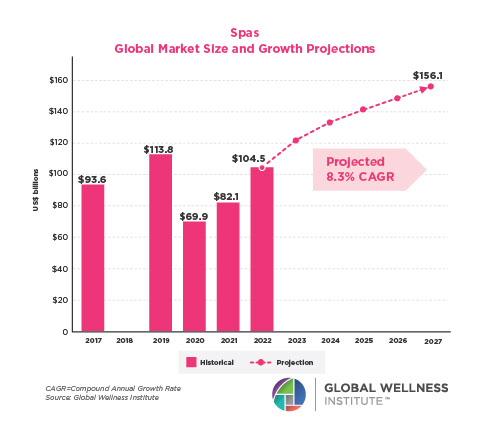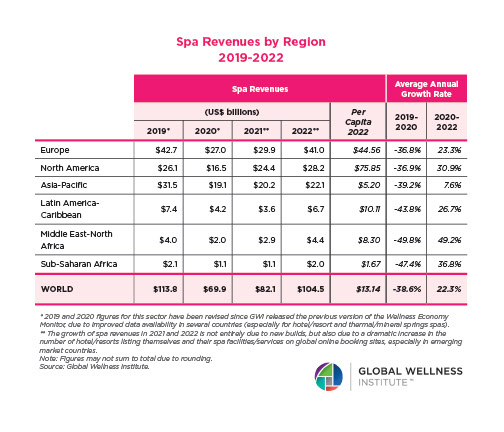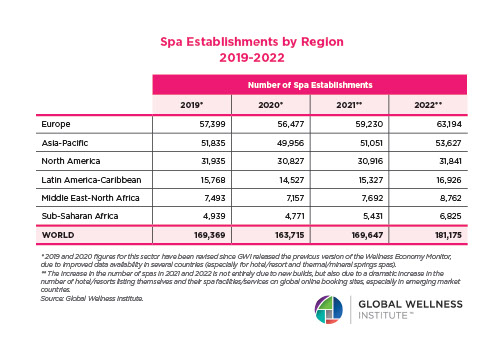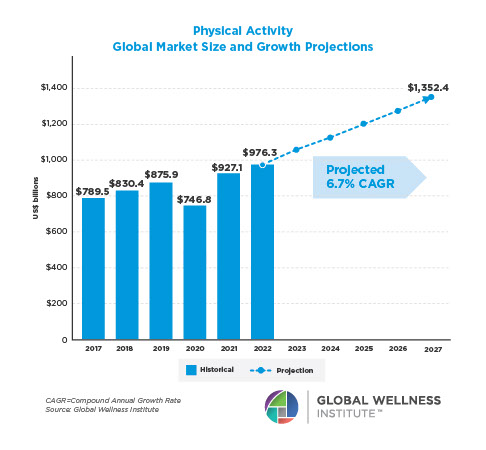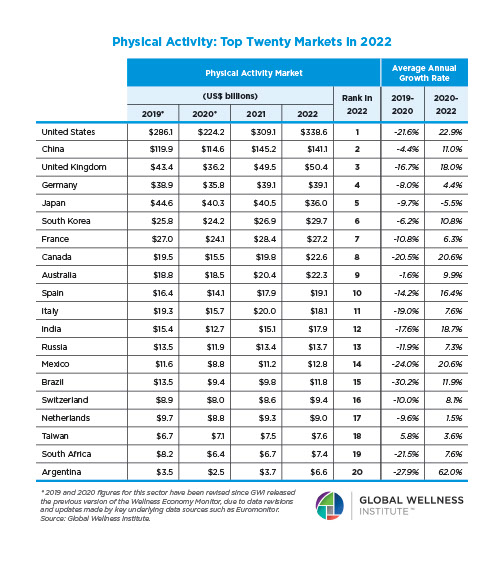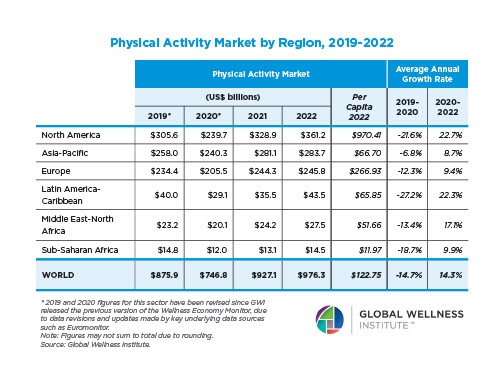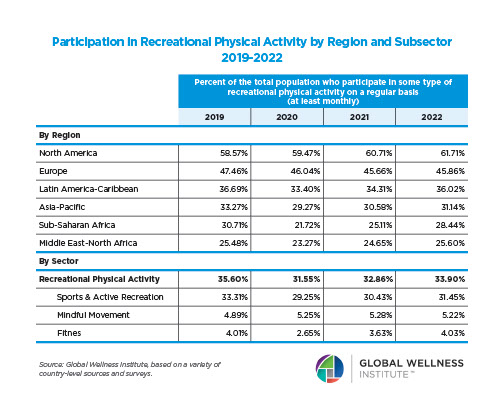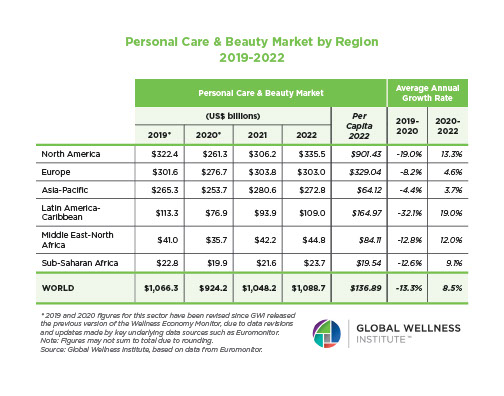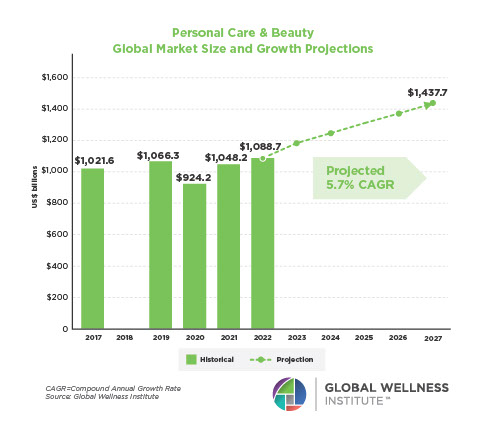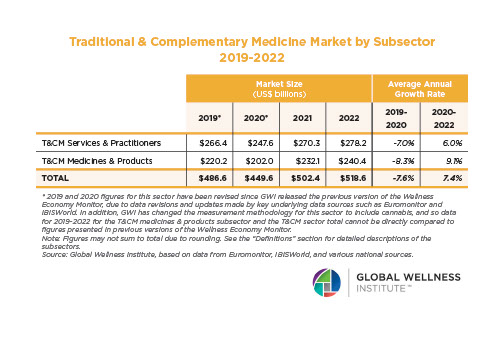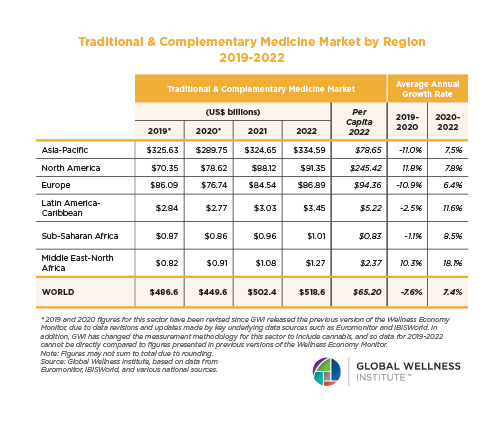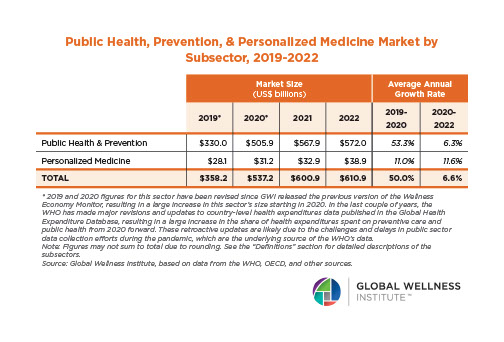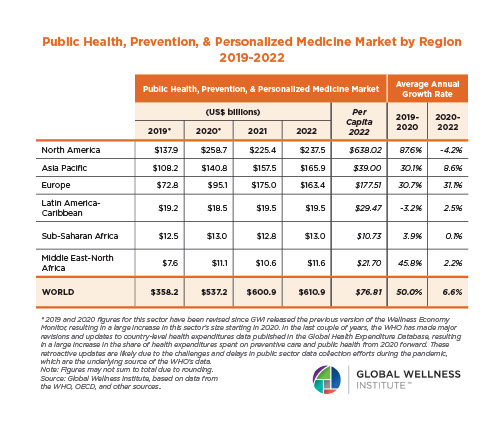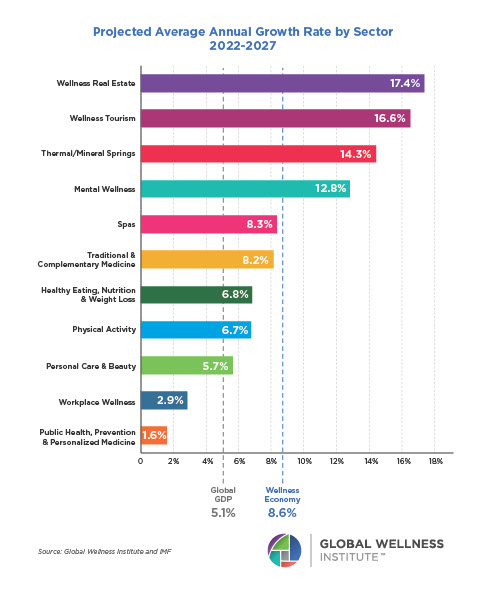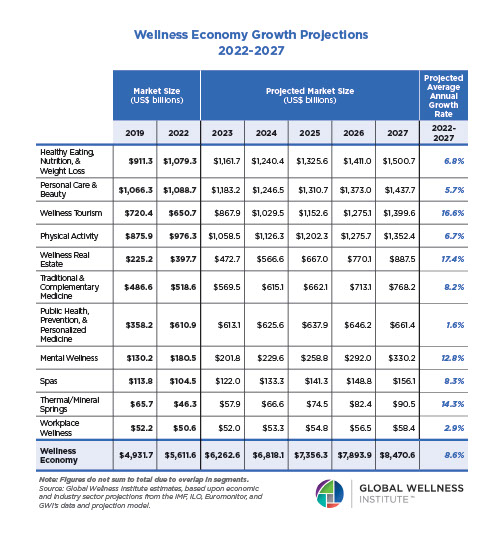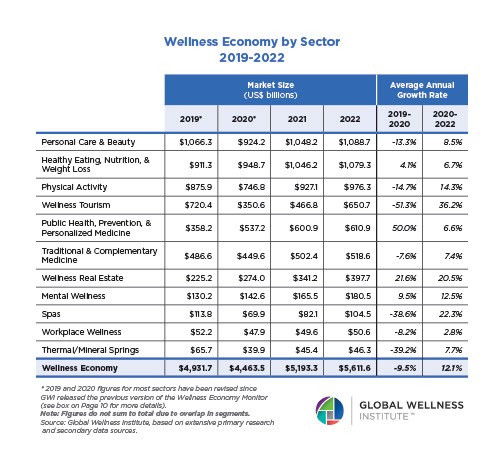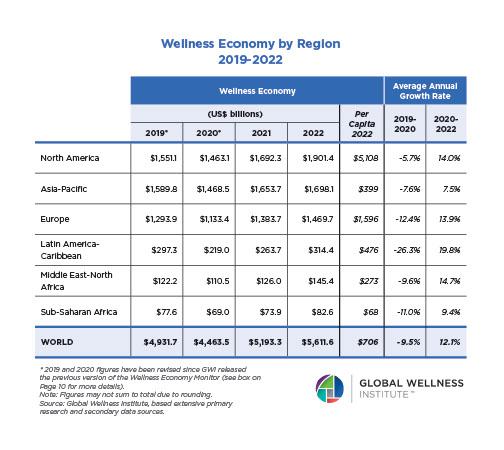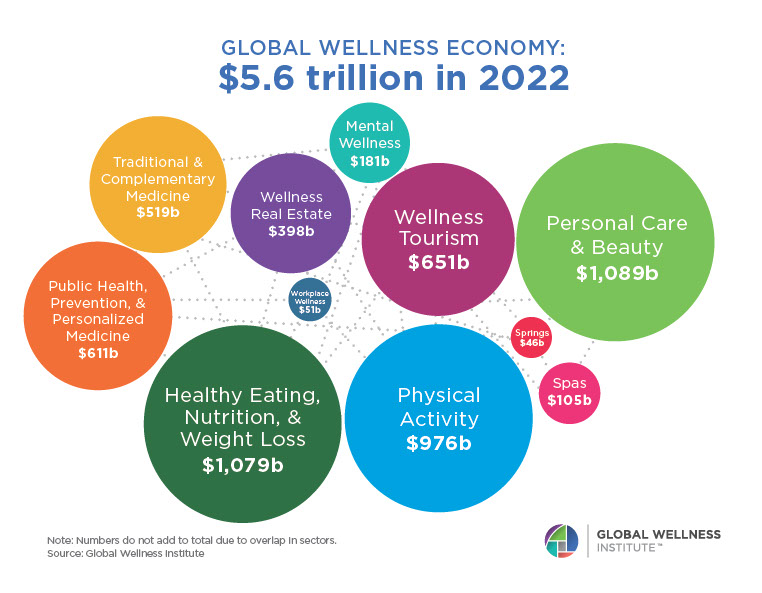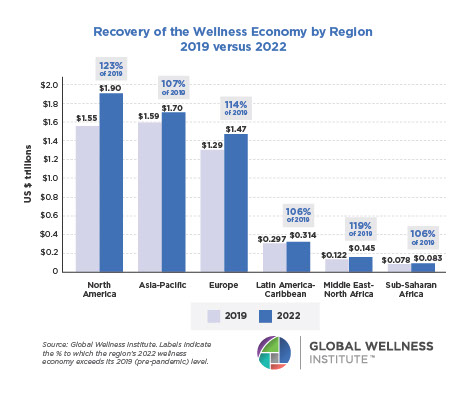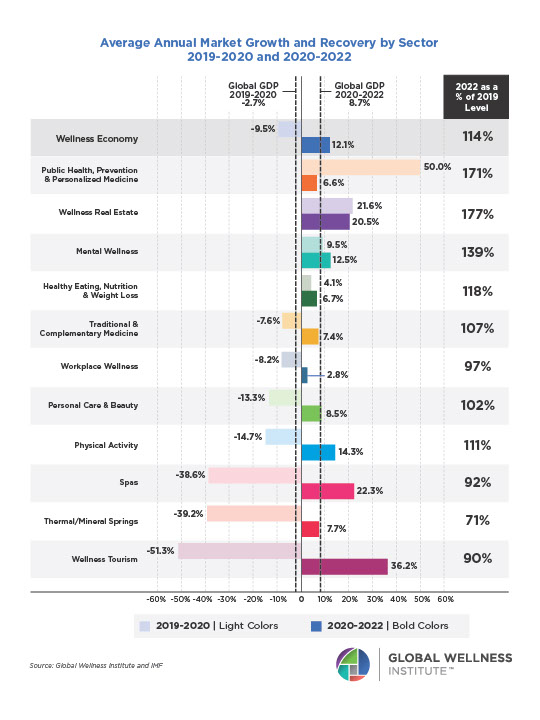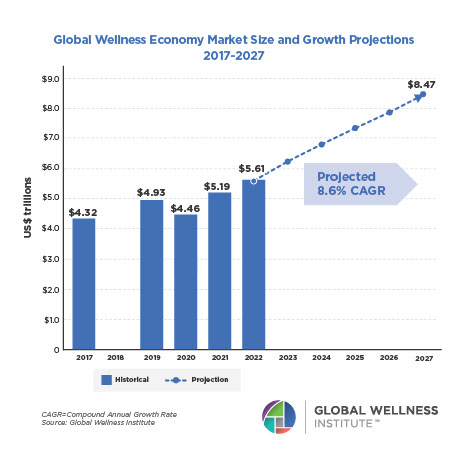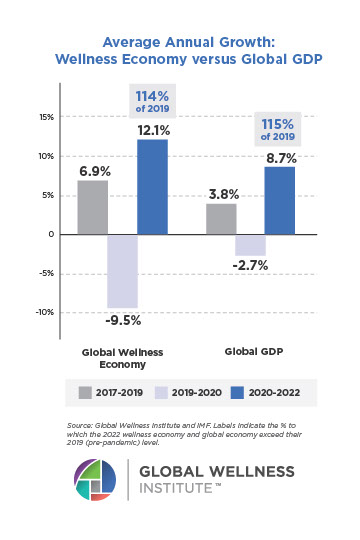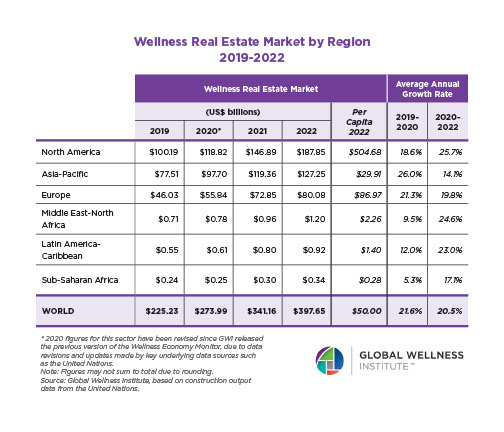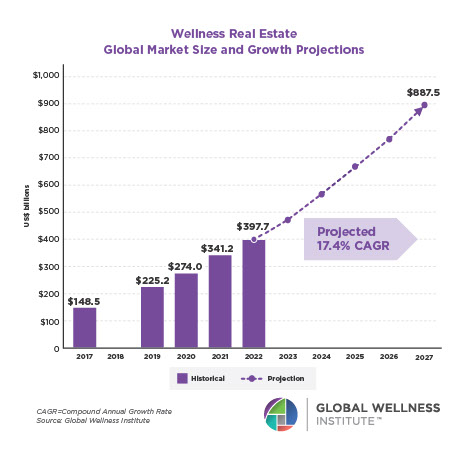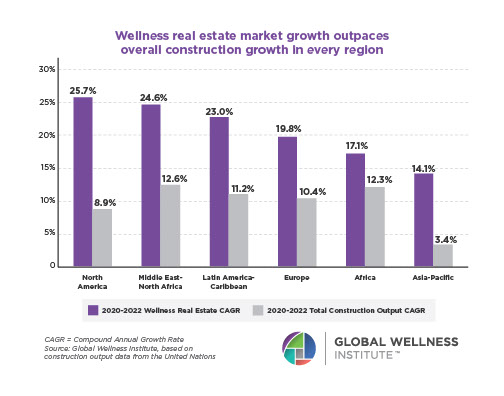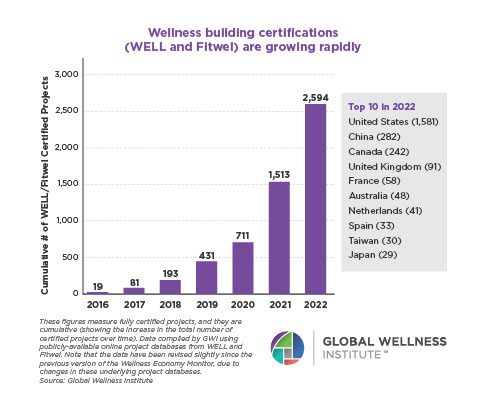Nutrition for Healthspan Initiative
2025 Trends
![]()
The 2025 global nutrition trends emphasize a shift toward health-focused, sustainable food choices. Consumers are prioritizing nutrient-dense foods, with a focus on soil health and regenerative agriculture to enhance food quality. Personalized nutrition and gut health are gaining traction as research highlights the gut-brain connection and the benefits of individualized diets. There is also a growing movement toward clean eating and reducing toxins, with governments and health organizations advocating for stricter food safety regulations. Lastly, alternative proteins—including plant-based, mycoprotein, and cultivated options—are transforming the way people consume protein, driven by concerns about environmental impact and health. These trends reflect a collective effort to improve health, longevity, and sustainability in the global food system.

TREND 1: Nutrient Density and Soil Health
The Foundation for a Healthier Future
In 2025, the focus on nutrient density—the concentration of essential vitamins, minerals, and phytonutrients in food—is intensifying. Central to this movement is the understanding that soil health directly influences the nutritional quality of our food and beverages.
Consumers are becoming increasingly aware that industrialized farming practices have led to soil degradation, resulting in diminished nutrient levels in crops. In contrast, regenerative organic agriculture—which emphasizes soil biodiversity, carbon sequestration, and natural nutrient cycling—has been shown to enhance the micronutrient content of food.
This trend is driving innovation in the food and beverage industry, leading to:
- Functional foods and beverages with verified nutrient density that offer higher levels of antioxidants, polyphenols, and essential minerals.
- Increased transparency in food sourcing, with brands showcasing their commitment to regenerative organic farming practices.
- Advancements in nutrient testing, enabling consumers to assess food quality beyond standard organic certifications.
However, as the term “regenerative” gains popularity, concerns about greenwashing have arisen. Some brands label their products as regenerative without fully adopting sustainable practices. To address this, certifications such as the Regenerative Organic Certification (ROC) play a crucial role. Established in 2017 by the Regenerative Organic Alliance, ROC sets rigorous standards encompassing soil health, animal welfare, and social fairness, ensuring that products labelled as regenerative meet comprehensive criteria. This certification helps consumers distinguish genuinely sustainable products from those with misleading claims.
Scientific research continues to underscore the connection between soil health and human health, emphasizing the importance of consuming foods grown in nutrient-rich environments. As awareness grows, more products are expected to feature nutrient-dense ingredients, particularly in categories such as teas, juices, and plant-based proteins.
By prioritizing regenerative organic soil health and supporting credible certifications, we not only enhance our land’s vitality, but also lay the groundwork for healthier lives and a healthier planet.
Resources
- Harvard T.H. Chan School of Public Health, “Micronutrient Deficiencies and the Role of Soil Health.”
- USDA, “Nutrient Density in Crops: Trends and Implications for Health.”
- Regenerative Organic Alliance, “Farm like the world depends on it – Regenerative Organic Certified.”
- Forbes, “Why Regenerative Farming Needs Organic Certification—And Vice Versa.“
- Rodale Institute, “The Connection Between Healthy Soil and Nutrient-Dense Food.”
TREND 2: Getting Personal with Our Nutrition and Gut Health – Is Your Gut and Nutrition in Alignment?
It’s no longer just for dieticians and medical representatives to evaluate and dissect. As the trend for understanding our bodies and the desire for a vibrant healthspan increase, gut health has consumers taking charge of this vernacular. With that, and the confirmation that gut health is linked to brain health, showing that they are rapidly in communication (think neurons, proteins, and chemicals), people want to personalize their approach. Aptly named, “the gut-brain axis,” they equally influence one another, which means what you eat matters a lot. Our gut microbes (bacteria), along with our nervous system, have a direct impact on our mental and cognitive health. So, how do you ensure that you fuel your body for success?
According to Stefani Sassos, a registered dietitian and director of the Good Housekeeping Institute Nutrition Lab, “We’re starting to really understand that there is no one-size-fits-all approach to diet (and exercise, for that matter).” No, that protein powder that your best friend swears by may not be perfect for your sensitive stomach. Personalized nutrition means more than your name slapped across a sticker on the front of a supplement bottle—it involves products and tools that are specifically created for your unique needs, based on genetics, lifestyle, environment, and more. Some services are more evidence-based than others, but there is certainly promise in these customized options as the category continues to grow and evolve.
Your overall daily wellbeing relies heavily on what you put into your body. It’s in everyone’s best interest to take stock of this. A good rule of thumb for improving your gut health naturally is to eat a diverse variety of whole foods, with a strong emphasis on plants. A more diverse diet leads to a more diverse gut microbiome, which is beneficial for your overall gut health. Whole foods and plants also pack more nutrition per calorie than processed foods, leaving less room for harmful additives, sweeteners, and saturated fats.
To personalize your gut health journey, consider consulting with a registered dietitian or nutritionist specializing in gut health who can create a personalized plan based on your needs and symptoms, or a gastroenterologist if you suspect a digestive disorder.
Start taking stock of your inner self and rise to a better you.
Resources
- Good Housekeeping, “The 10 Biggest Food & Nutrition Trends for 2025, According to Our Health Experts,” Dec. 31, 2024
- Cleveland Clinic, “The Gut-Brain Connection,” 2023
TREND 3: The Rise of Alternative Proteins
The way we consume protein is undergoing a major transformation. With growing concerns over sustainability, health, and food security, traditional animal-based proteins are no longer the default choice. Instead, consumers and the food industry are turning toward alternative proteins—plant-based, fermentation-derived, and cultivated meat products—as viable, eco-friendly solutions. These alternatives offer comparable nutritional benefits while reducing environmental impact, making them a key driver of the future of food.
Why does protein matter? Protein is an essential macronutrient composed of amino acids, which are crucial for muscle repair, immune function, and overall metabolic health. Unlike fats and carbohydrates, protein is not stored in the body; therefore, it requires continuous dietary intake. While animal proteins are traditionally considered “complete” sources, advancements in food science are enabling plant-based and alternative proteins to offer similar benefits, making them more accessible and nutritionally competitive.
As the demand for more sustainable and health-conscious food options grows, the environmental impact of traditional animal-based protein sources is prompting a shift toward more sustainable alternatives.
1. The Environmental Imperative
Animal agriculture is a leading contributor to greenhouse gas emissions, land degradation, and water consumption. Beef production alone accounts for roughly 25% of all food-related emissions. In contrast, plant-based proteins and fermentation-derived alternatives significantly reduce environmental impact. Studies suggest that shifting toward alternative proteins could lower global diet-related emissions by up to 80%.
2. Health and Nutrition Benefits
Consumers are increasingly turning to plant-based proteins due to their health benefits, including lower saturated fat and higher fiber content. The 2025 Dietary Guidelines Advisory Committee recommends increasing the consumption of plant-based protein sources like legumes, nuts, and seeds to promote cardiovascular and digestive health. Additionally, new technologies are enhancing alternative proteins with essential amino acids, vitamins, and minerals, enabling them to rival traditional meat.
3. Types of Alternative Proteins
- Plant-Based Proteins: Derived from soy, peas, lentils, and grains, these proteins are widely used in meat alternatives and dairy substitutes.
- Mycoprotein (Fungi-Based): Produced from filamentous fungi, mycoprotein is a high-protein, meat-like alternative found in brands like Quorn.
- Algae-Based Proteins: Microalgae such as spirulina and chlorella offer a rich source of protein, essential fatty acids, and antioxidants.
- Precision Fermentation: This cutting-edge technology utilizes microorganisms to produce animal-identical proteins, such as dairy proteins, without the need for livestock.
The shift toward alternative proteins is more than a trend—it’s a necessary evolution of our global food system. By embracing these sustainable, nutritious, and innovative protein sources, we can support both human health and planetary wellbeing, ensuring a future where food production is ethical, efficient, and environmentally responsible.
References:
- Oxford Martin School, University of Oxford, “Alternative Proteins,” 2019
- Bright Green Partners, “A Positive Perspective on the Plant-Based Food Market.”
- Johns Hopkins Center for a Livable Future, “Food Trends for 2025 Focus on Healthful Foods, Viral Trends and Protein,” 2025
- Food & Wine Magazine, “Big Changes Are Coming to US Dietary Guidelines – Here’s What to Know,” 2025
- European Commission, Knowledge4Policy, “The Importance of Alternative Proteins: A Triple Win for Climate, Public Health, and Animal Welfare,” 2023
TREND 4: Consumers Prioritize Cleaner Eating
US Government Vows to Begin Eradicating Toxins in Food and Environment and Daily Detox Is Key to Health and Longevity
A 2025 survey by the Kaiser Family Foundation (KFF) found that 58% of US respondents believe stricter limits on chemicals in the food supply should be a “top priority.” More than ever, American consumers are increasingly aware of the significant presence of toxins in the US food supply including pesticides, processing chemicals, dyes, additives, and other artificial and industrial substances. Toxins are also present in drinking water, cosmetics, personal care products, cleaning products, plastics, packaging, and throughout the environment. The harmful effects of these toxins are becoming well documented, and many toxins have been banned in other countries for years, yet they are still permitted in the USA. Most alarming is a group of toxins known as PFAS, or “forever chemicals.” The Environmental Protection Agency (EPA) warns that “exposure to PFAS has been linked to deadly cancers, impacts to the liver and heart, and immune and developmental damage to infants and children.” The EPA further emphasizes, “For decades, the American people have been exposed to the family of incredibly toxic ‘forever chemicals’ known as PFAS with no protection from their government. Those chemicals now contaminate virtually all Americans from birth.”
In October 2023, California became the first state to ban four food additives: brominated vegetable oil (BVO), potassium bromates, propylparaben, and Red Dye No. 3, with the ban taking effect in January 2027. Since then, 58 state bills have been introduced with various bans and effective dates, and several have passed. These groundbreaking initiatives at the state level are significant—and it’s crucial that a comprehensive national effort with sweeping emphasis on removing harmful toxins be implemented with urgency to best protect the health of Americans. In 2025, Health and Human Services (HHS) Secretary Robert F. Kennedy, Jr. pledged to prioritize “advancing food safety and radical transparency to protect the health of all Americans, especially our children. We will strengthen consumer trust by removing toxins from our food.” Secretary Kennedy has initiated the first phase of this massive effort by meeting with CEOs of the largest food companies, urging proactive efforts in eliminating artificial dyes and “getting the worst ingredients out of food.” The HHS is collaborating with the FDA to eliminate the current USA GRAS (Generally Recognized as Safe) rule. The GRAS rule allows food companies a self-affirmation process, creating a “loophole that has allowed new ingredients and chemicals, often with unknown safety data, to be introduced into the U.S. food supply without notification to the FDA or the public.” Closing this loophole will give the FDA greater oversight of ingredient safety and enhance transparency for consumers. Sara Brenner, MD, MPH, Acting FDA Commissioner, states the FDA will work together to “protect the health of consumers to ensure that food is a vehicle for wellness.” Additionally, the FDA and HHS launched a new transparency tool to enhance the understanding of chemical contaminants in food, thus furthering the latest and primary emphasis of HHS to end “America’s epidemic of chronic illness by focusing on safe, wholesome food, clean water, and the elimination of environmental toxins.”
The removal of toxic ingredients from our food supply and the environment will lead to a significant victory for public health, but it will take time. So, what can we do today? Think “Daily Detox.” The body has its own highly effective detoxification systems, that works primarily through the liver, kidneys, lungs, digestive system, and skin. However, the typical American diet is often lacking in the micronutrients and functional food components that support the optimal functioning of these organs for daily detoxification. Therefore, it’s essential to prioritize healthy habits every day. As an example, Jason Karp, exemplifies the power of clean, toxin-free food on health and disease. In his twenties, he was diagnosed with several autoimmune diseases and an incurable degenerative eye disease that would eventually leave him blind. Refusing to give up, Jason dramatically improved his nutrition and lifestyle by focusing on whole, unprocessed foods and eliminating chemical additives commonly found in most consumer products. As a result, Jason healed his ailments and restored his eyesight. He then left his successful finance career to devote his efforts to promoting health and wellness as the CEO and founder of HumanCo while actively advocating against food toxins. Here are seven strategies to empower you to reduce toxins in your diet and boost toxin-fighting nutrients for optimal daily detox:
- Avoid ultra-processed foods (UPF), a term that indicates food products filled with toxins.
- Buy certified organic produce and products as much as possible.
- Maintain optimal hydration and electrolyte balance to support kidney function and toxin elimination; limit or avoid alcohol.
- Eat a wide variety of high-fiber and antioxidant-rich foods, including beans, legumes, vegetables, fruits, whole grains, green tea, dark chocolate, herbs and spices, and make sure to choose organic. These foods aid digestion, boost gut health, promote toxin elimination, strengthen the immune system, and reduce inflammation and oxidative stress from toxins.
- Sweat with exercise and sauna for daily elimination of toxins.
- Sleep well to support the glymphatic system, which clears toxins.
- Consult a functional medicine physician or dietitian if you have symptoms or health issues that need additional care.


